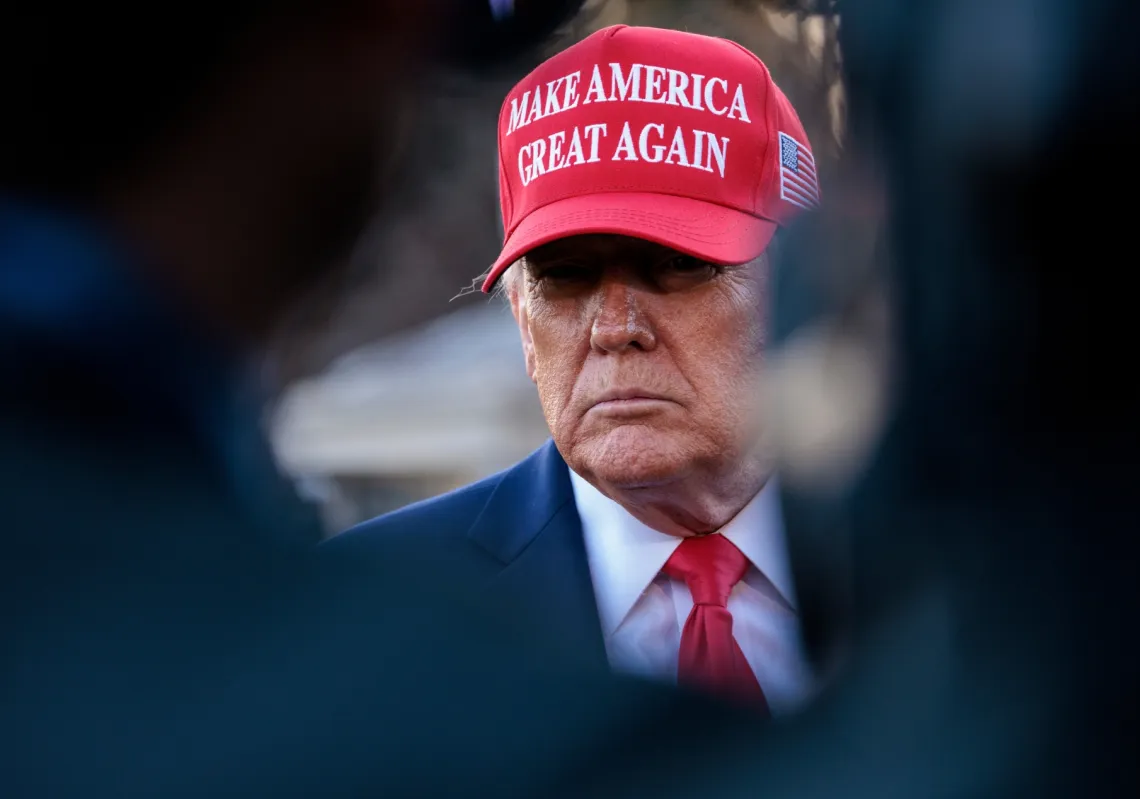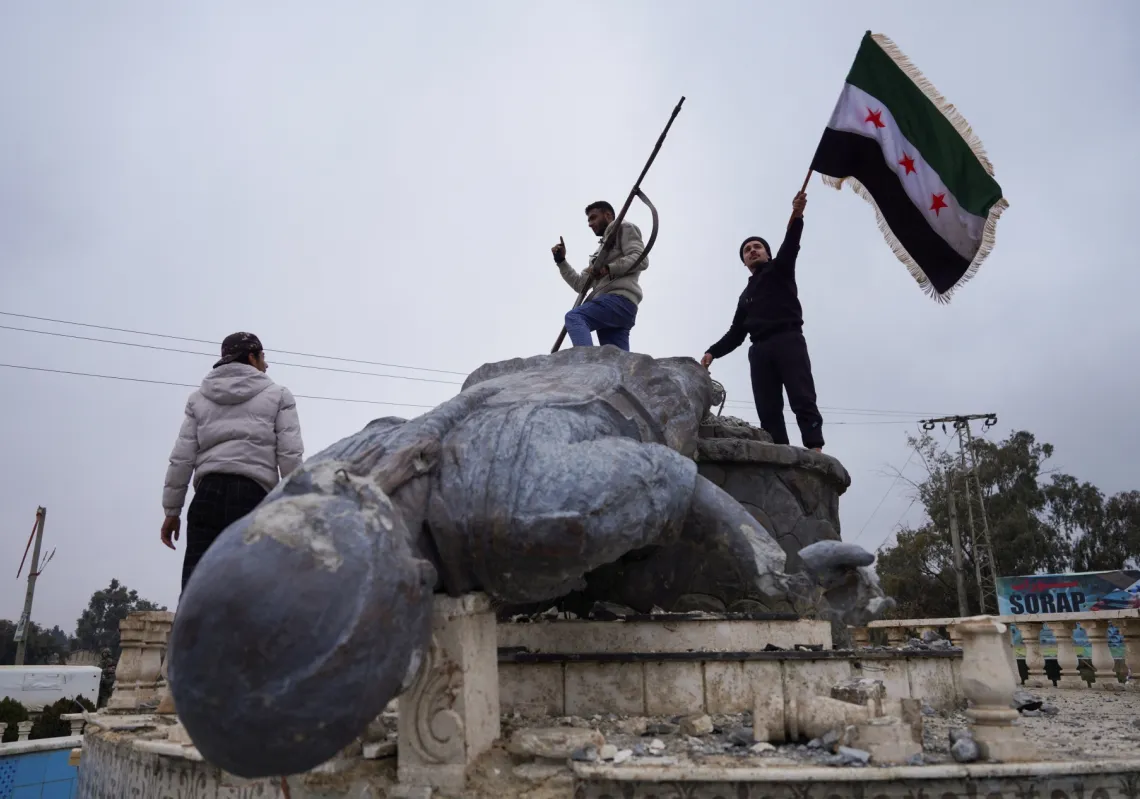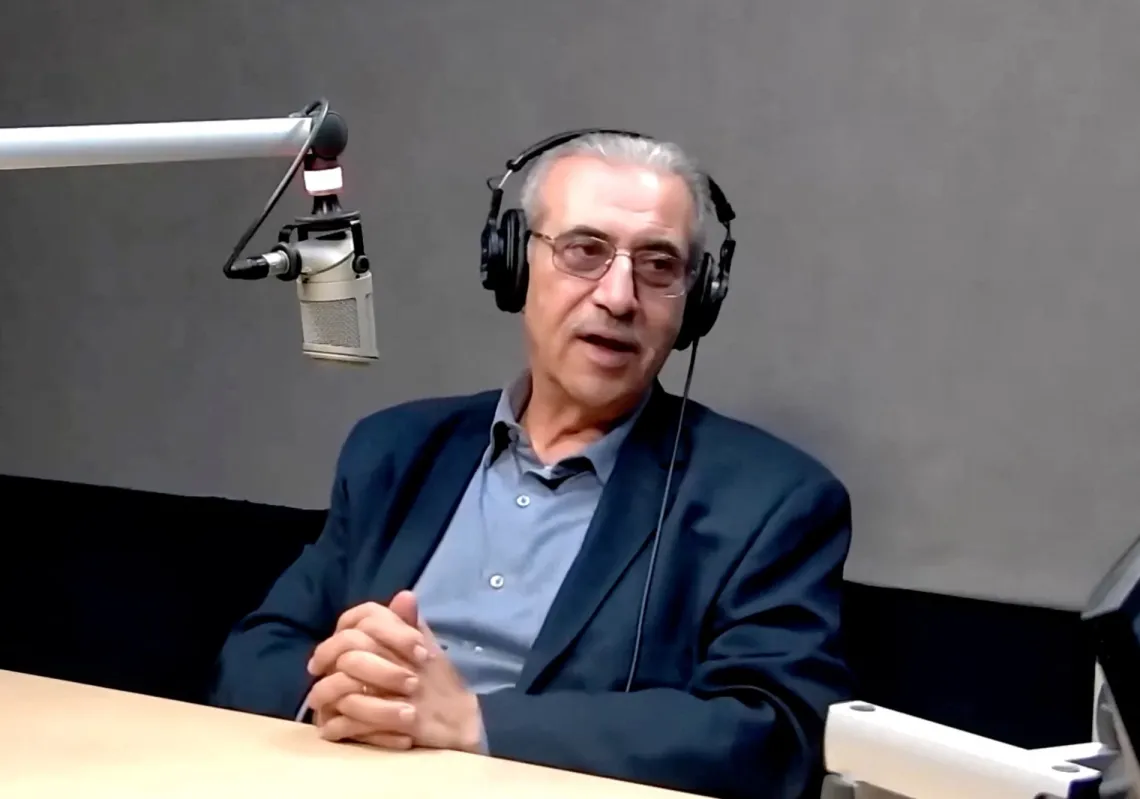Israel’s campaign to destroy the military, security and financial infrastructure of Hezbollah in Lebanon has also crippled the economic and social framework in the southern suburbs of Beirut, where the bulk of the attacks have been targeted. Many residential and commercial buildings have been reduced to ruins in the militant group's heartlands.
The suburbs to the south of the capital are known as Dahiyeh. They are the second-largest urban area in the country after Beirut itself, home to about 1 million Lebanese and 400,000 Syrians and Palestinians. Rapid growth has blurred the municipal boundaries that once separated the area into seven distinct parts—Chiyah, Ghobeiry, Haret Hreik, Burj Al-Barajneh, Mraijeh, Tahwitat Al-Ghadeer, and Lailaki—making the suburbs into one distinct unit. Dahiyeh also became a Hezbollah stronghold, with wide popular backing for the Shiite group and its ally, the Amal Movement.
Beirut’s southern suburbs initially emerged in the 1960s as a poor area on the fringe of the capital amid internal migration away from the countryside. People abandoned rural life and sought better economic opportunities in urban centres. Lebanon’s civil war, fought between 1975 and 1990, further accelerated this expansion, as waves of people from southern Lebanon and the Bekaa Valley flocked to the capital's outskirts, including from Israeli attacks, to pursue better security, social solidarity and economic prospects.
By the turn of the century, Dahiyeh had shed its rural roots and become middle class. It embraced modernity and grew fast, mirroring Beirut and blending into nearby districts in Mount Lebanon.
Read more: A walk through Dahiyeh shows why residents call it ‘the second Nakba’
Vibrant economy
The new residents of the southern suburbs built vibrant economic and commercial sectors. Some of these ventures even began competing with major businesses in Beirut. The influx of expatriate funds – especially from Africa – helped the area grow into a sprawling urban centre bustling with opportunities across various sectors.












